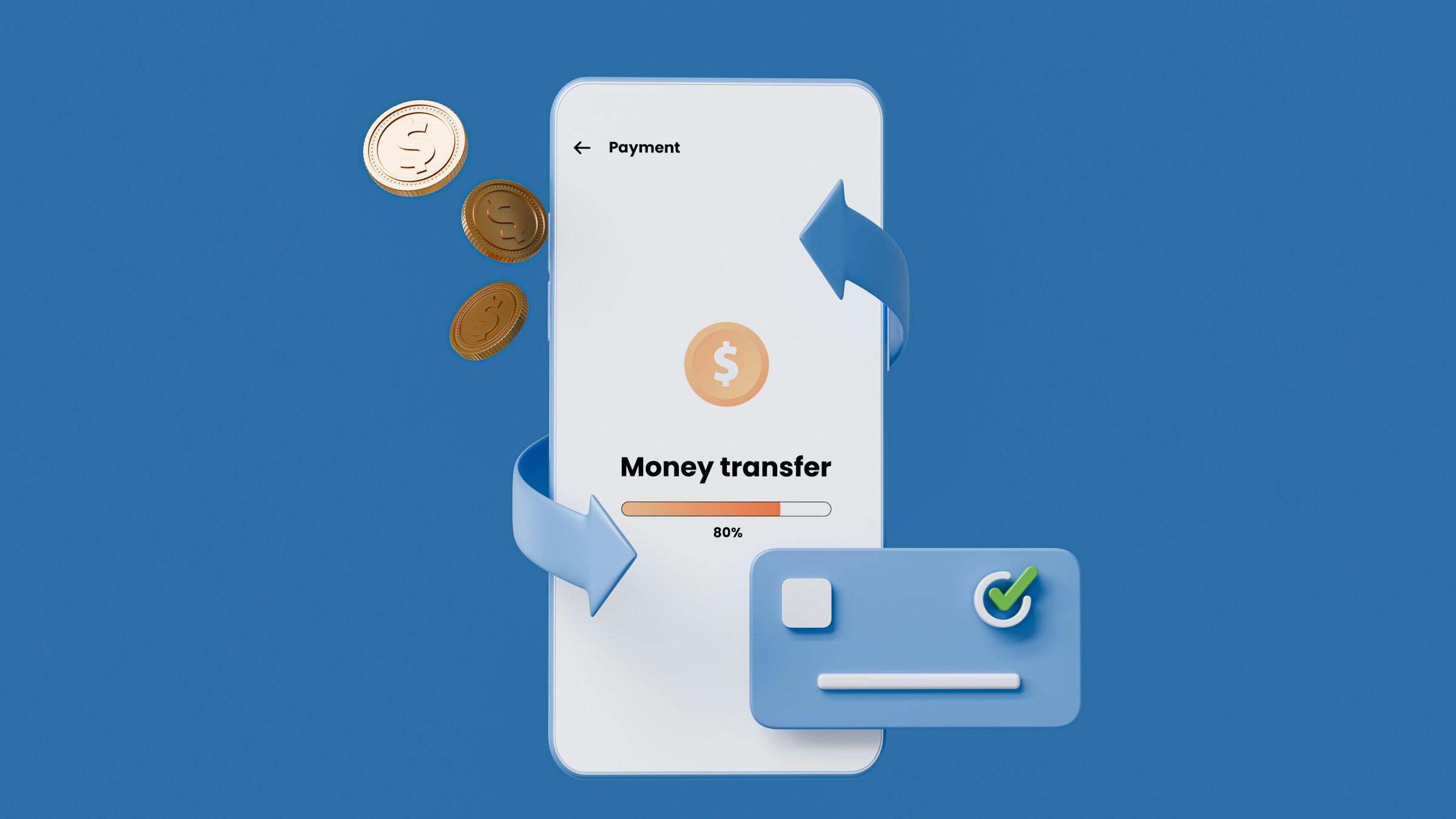Respecting different opinions at work is not a soft gesture or a nice-to-have quality. It is a core operating principle that keeps a company honest, agile, and capable of delivering under pressure. When teams prize fast agreement over thoughtful challenge, they buy a pleasant tone at the cost of reality. The room goes quiet, the decision looks tidy, and the plan seems aligned. Then the schedule slips, dependencies wobble, and someone discovers that a key assumption never held up in the first place. Respect for different opinions is the mechanism that reveals those assumptions before they turn into missed targets and rework.
The danger often begins with incentives that reward speed over substance. People learn that the safest way to survive standups is to nod and move on. Processes are borrowed from larger firms without the context that made those rituals useful. Roles blur, so dissent becomes social friction rather than a defined contribution. In that environment, disagreement looks like a threat to status instead of a service to the plan. Groupthink follows with confident tone and weak signal, and leaders mistake silence for alignment.
Fixing this dynamic requires a simple separation. There is the decision. There is the debate that improves the decision. There is the relationship that must survive both. When debate is treated as an attack, people defend themselves instead of defending the plan. When debate is treated as part of the role, people bring data, edge cases, and operational history that sharpen the choice. The conversation looks the same from afar, but it produces very different outcomes. Respect different opinions in workplace settings by codifying this separation and you will see the quality of choices improve.
Many leaders rely on a false metric. They cite high meeting agreement as proof of alignment. That is not a signal of health. It is more often a signal of fear or apathy. A better metric is repeat value creation after disagreement. If a team can argue hard on Tuesday and deliver together on Wednesday, the culture is working. If every disagreement spirals into politics or quiet resistance, no amount of tone management will save the roadmap. Teams should track velocity after conflict, because that number shows whether respect translates into performance.
Design choices can make respect tangible. Start with clarity around who owns a decision and who contributes to it. The owner decides inside a defined swim lane. Everyone else owes the owner their best information, not a veto. This flips the social contract. Contributors are expected to challenge clearly and briefly. Owners are expected to listen, weigh, and choose. After the choice, dissenters pivot from advocacy to execution. If that pivot fails, the problem is not disagreement. The problem is a role breakdown.
Meeting structure also matters. Opinions feel personal when they arrive as personalities rather than as facts. You can lower the temperature by opening with a risk map. Ask each function for the two most plausible ways a decision can fail. Demand specificity on cost, time, and customer impact. Then ask the owner to restate what they heard and how it changes the plan. You cannot respect an opinion you never captured in a form the system can use. In operational terms, clarity itself is a form of respect.
Timing is another lever. Early discovery benefits from more surface area and more contradiction. Late execution cannot carry the same level of friction without paying a price. Many teams reverse this pattern. They rush through shallow discovery with fast consensus, then invite bold opinions when the train is already moving. Good dissent becomes expensive dissent. The fix is to make the divergence window explicit and timeboxed. Push hard before the gate. After the gate, the job shifts to making the chosen direction work.
Some founders worry that institutionalizing dissent will slow hiring, slow roadmaps, or complicate investor narratives. The opposite tends to be true. A company that can pressure test ideas and still move quickly is easier to fund and staff. High talent wants a voice that changes outcomes and a system that stays strong when that voice is used. Respecting different opinions is not a promise of permanent harmony. It is a promise of reliability under stress.
Leaders cannot outsource the cultural signal. Respect only takes root when people see curiosity under pressure from the top. This is not performative listening. This is visible adjustment when a better argument appears. Teams do not remember speeches about openness. They remember the last time a senior person changed direction because a junior person had the better read. That story travels. It sets the real rule of engagement far more effectively than a slide in a handbook.
Standards protect the practice from chaos. Evidence quality matters. Behavioral rules matter. Personal shots are out. Surprise escalations are out. If a manager shuts down dissent with tone or speed, correct it in the moment and reset the frame. If a contributor brings only opinions without data, treat that as a performance gap. The bar is not that everyone speaks. The bar is that the right information reaches the decision at the right time with the right level of rigor.
Hiring choices create the long tail of respect. If you select for sameness of background and career path, you buy short term pace at the cost of perspective. Early teams often make this trade because trust can feel like similarity. Real trust is reliability, not sameness. Mix builders who learned in different stacks and markets. You are buying more angles on risk and more ways to recover when plans meet reality. Respect shows up in the pipeline before it shows up in the room.
Investors can read respect in the artifacts. Strong product briefs show the dissent points and the choices made. Postmortems assign owners and decisions without blame language. Roadmaps reflect tradeoffs that were argued, not avoided. When documents look thin or theatrical, the conclusion is that the company is optimizing for optics. Respect for different opinions produces traceable decisions that survive audits, handovers, and scale. Durability on paper supports durability in execution.
There is a simple diagnostic available to any team. Take the last three bad outcomes. For each one, identify the earliest moment someone could have known the risk. Then ask whether that person had a safe and defined path to inject their view into the decision. If the answer is no, the issue is not first a performance problem. It is a system that punishes honesty. Fix the system and the outcomes will follow.
When this work begins to land, the leading indicators are subtle but consistent. Meetings get shorter and questions get sharper. Reverts after sign off decline. Mid level managers start to sponsor junior dissent because it protects delivery, not because it looks inclusive. You may even see a short term dip in morale if respect once meant silence. That dip is a detox. Hold the frame. Reward the behavior. The curve bends upward as people see that argument leads to better outcomes, not payback.
Respect different opinions in workplace settings is not a slogan for a wall. It is a constraint that keeps complexity from outrunning coordination. It protects product quality when speed rises. It keeps fundraising stories close enough to operational truth to maintain credibility. It turns culture from sentiment into system. Teams that master it move faster, because they stop rebuilding the same broken assumption every cycle.
The practical advice for any founder is straightforward. Do not confuse harmony with health. If the room is quiet, pull on the thread. Ask for the hard counterargument before the train leaves the station. Name the owner. Invite dissent by role rather than by personality. Close the window on time and move. Do not track how often people agree with you. Track how often a strong counter view improves the plan and strengthens the next delivery. That is the signal that respect has become real, and that is the signal investors, customers, and new hires will trust.




.jpg&w=3840&q=75)




.jpg&w=3840&q=75)

.jpg&w=3840&q=75)


